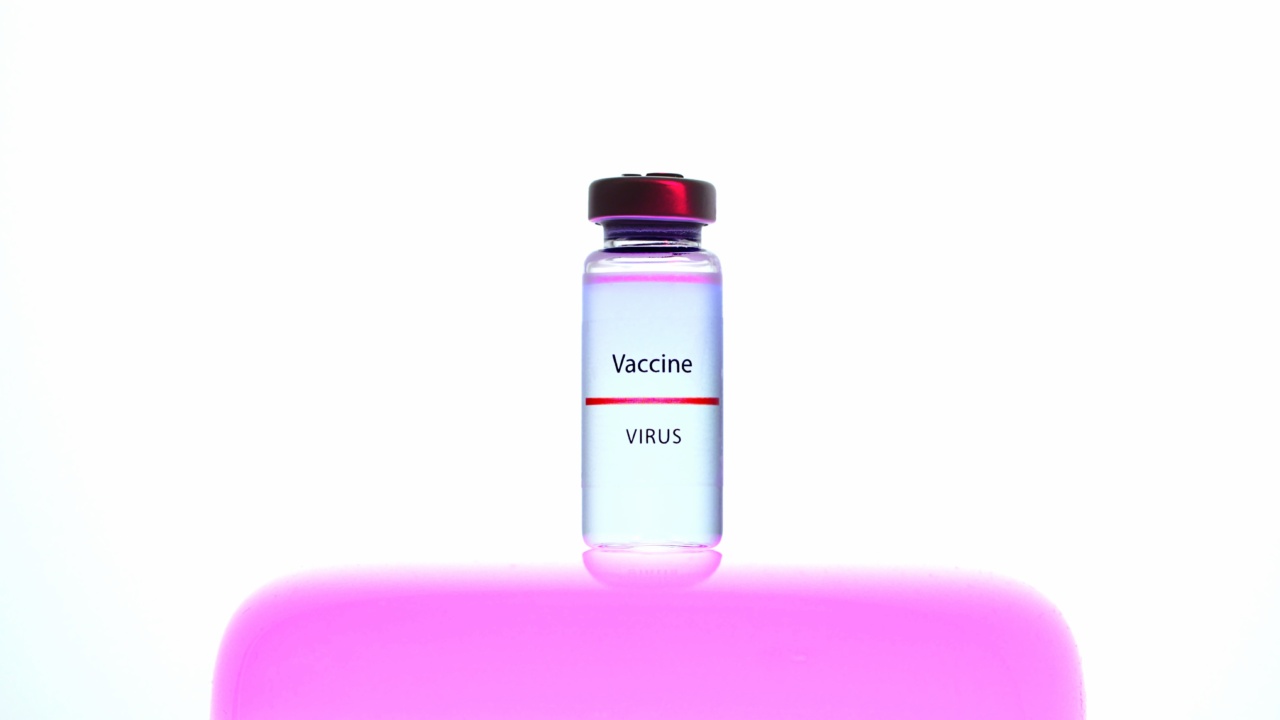Shingles, also known as herpes zoster, is a painful viral infection caused by the varicella-zoster virus (VZV), the same virus that causes chickenpox.
While anyone who has had chickenpox is at risk of developing shingles, the likelihood of developing the infection increases with age, weakened immune systems, and certain medical conditions.
Hellenic Infectious Disease Company: Pioneers in Shingles Vaccination
Hellenic Infectious Disease Company (HIDC) is at the forefront of providing effective vaccination strategies and solutions for infectious diseases.
With extensive research and expertise in the field, HIDC has developed best practices for shingles vaccination to minimize the risk of infection and improve overall healthcare outcomes.
The Importance of Shingles Vaccination
Shingles can cause severe pain, rashes, and other debilitating symptoms that can hinder daily activities and significantly impact the quality of life.
Vaccination against shingles is crucial to prevent the infection or reduce its severity, especially in individuals who are at higher risk.
Identifying High-Risk Individuals
To develop an effective vaccination plan, it is essential to identify individuals who are at higher risk of developing shingles. The following factors increase the susceptibility to shingles:.
- Age: The risk of shingles increases with age, particularly in individuals aged 50 and older.
- Immunocompromised Conditions: People with weakened immune systems, such as those with HIV, cancer, or organ transplant recipients, are more prone to shingles.
- Chronic Illnesses: Certain medical conditions like diabetes or chronic respiratory diseases can increase the risk of shingles.
- Stress: Prolonged periods of stress can weaken the immune system, making individuals more susceptible to shingles.
Best Practices for Shingles Vaccination
HIDC recommends the following best practices for shingles vaccination:.
1. Standard Immunization Guidelines
It is essential to follow the standard immunization guidelines recommended by national and international health organizations. These guidelines outline the specific dosage, administration schedule, and target populations for the shingles vaccine.
2. Early Vaccination
Individuals who are eligible for the shingles vaccine should receive it as early as possible to provide maximum protection against the infection.
Early vaccination helps in preventing the reactivation of the varicella-zoster virus and reduces the risk of developing shingles.
3. Allowing Sufficient Time Between Vaccines
It is crucial to allow sufficient time between the administration of different vaccines.
Vaccines that contain live viruses, such as the shingles vaccine, should be administered at least four weeks apart from other live virus vaccines to ensure optimal efficacy and minimize potential complications.
4. Vaccination for High-Risk Individuals
Identifying high-risk individuals and ensuring they receive the shingles vaccine is of utmost importance. Healthcare providers should actively screen patients for risk factors and recommend vaccination accordingly.
High-risk individuals who have already had shingles should still receive the vaccine to help prevent future recurrences.
5. Healthcare Worker Immunization
Healthcare workers who come into contact with patients should also be immunized against shingles. This step not only protects healthcare workers from potential infection but also prevents them from transmitting the virus to vulnerable patients.
6. Patient Education
Effective communication and education play a significant role in promoting shingles vaccination. Healthcare providers should inform patients about the benefits of vaccination, potential side effects, and the importance of early immunization.
Patient education can help increase awareness and encourage more individuals to get vaccinated against shingles.
7. Monitoring Vaccine Efficacy
Regular monitoring and evaluation of vaccine efficacy are essential to ensure its effectiveness in preventing shingles.
Healthcare providers should monitor vaccine side effects, explore breakthrough cases, and assess the long-term efficacy of the vaccine to make any necessary adjustments in the vaccination strategy.
8. Collaboration with Public Health Agencies
HIDC emphasizes the importance of collaboration with public health agencies to ensure a comprehensive and coordinated approach to shingles vaccination.
By working together, healthcare providers and public health agencies can enhance vaccination coverage and eradicate the burden of shingles infection.
9. Availability and Affordability
HIDC believes that shingles vaccination should be readily available and affordable to all individuals who need it.
Efforts should be made to ensure that cost is not a barrier to vaccination, especially for high-risk individuals who may have limited financial resources.
10. Continued Research and Development
HIDC acknowledges the need for continued research and development in the field of shingles vaccination.
Ongoing studies can help refine vaccination strategies, develop more effective vaccines, and further enhance the understanding of shingles prevention and treatment.
Conclusion
With its commitment to developing best practices for shingles vaccination, HIDC aims to minimize the burden of this infectious disease on individuals and communities.
Following these guidelines and recommendations can significantly reduce the risk of shingles and its associated complications, improving overall public health outcomes.



























